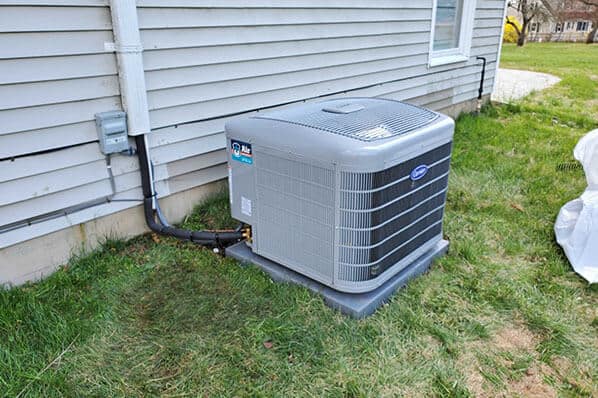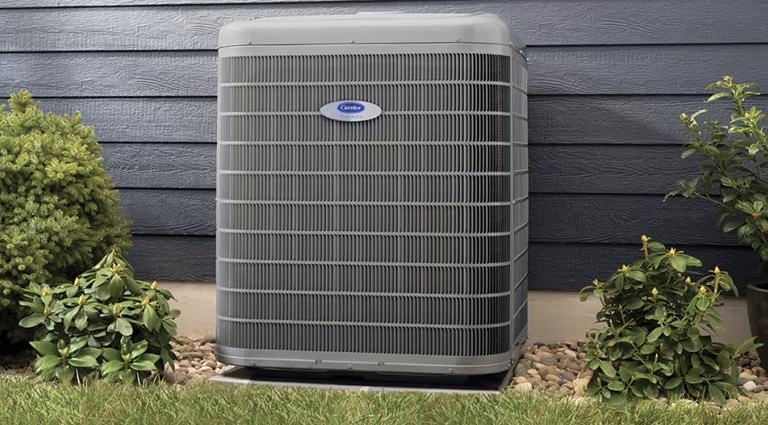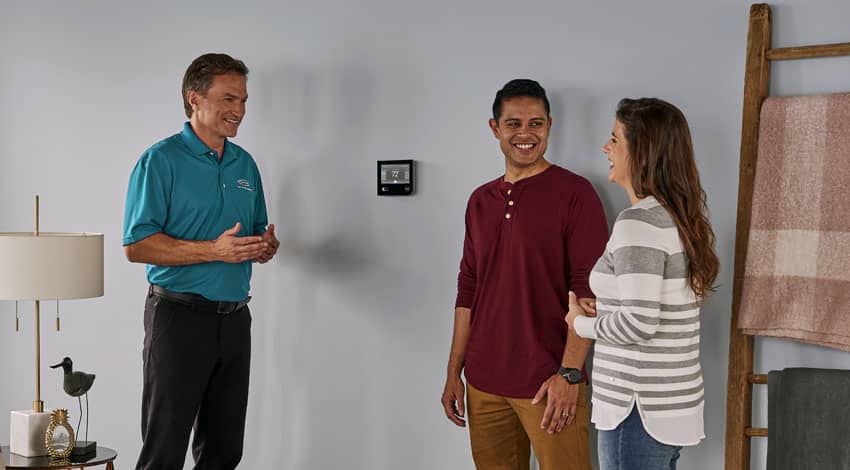Navigating Air Conditioner Scores
The rating systems for air conditioning were established to allow customers to make the right choices when purchasing a new heat pump or central AC unit. We will explain these rating systems, as well as where they can be found below.
Just as we all review products online prior to purchase, researching the energy ratios (or reviews) of an HVAC unit is equally as important. These scores are vital when it comes to determining how much a particular system will cost as well as its operational expenses. These two factors are significant when it comes to your HVAC unit.
Your HVAC structure takes up the most energy in your entire household. When you boost your efficiency, you are able to maintain desired comfort levels in your home while maximizing your dollars spent at the same time.
When you’re in the market to find a new HVAC system, it is important to pay close attention to the Energy Efficiency Ratio, or EER, as well as the Seasonal Energy Efficiency Ratio, or SEER, and the Heating Seasonal Performance Factor, or HSPF. These can be located in the label of the EnergyGuide.
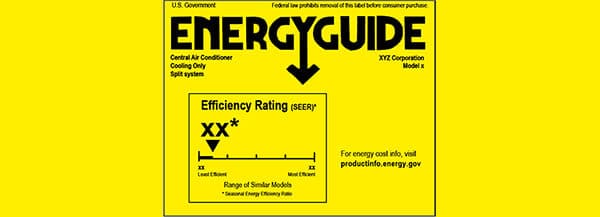
What is EER?
Also known as Energy Efficiency Ratio, EER lets us know about the performance of a particular air conditioner under the highest level of cooling. In other words, it’s like evaluating a system’s “highway miles.”
This rating refers to increased temperatures, which are commonly higher than 95 degrees. It also takes into consideration the conditions of humidity.
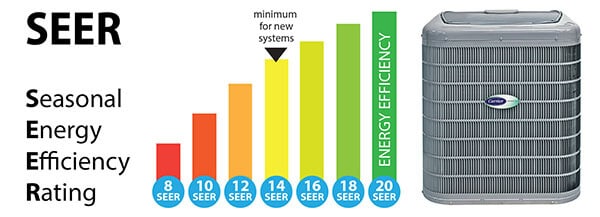
What is SEER?
Also known as the Seasonal Energy Efficiency Ratio, SEER measures the energy that a particular system requires for it to function during the cooling season on average. Generally, the higher an SEER rating is, the more efficiency you will get out of your system. for you to get more efficiency.
Conditional on your location in the United States, the minimum required SEER rating is 13 to 14. This was mandated by the Federal Government back in 2015. So, if you have an older unit that has a rating that goes down to 6 SEER, it is safe to say that this unit performs poorly.
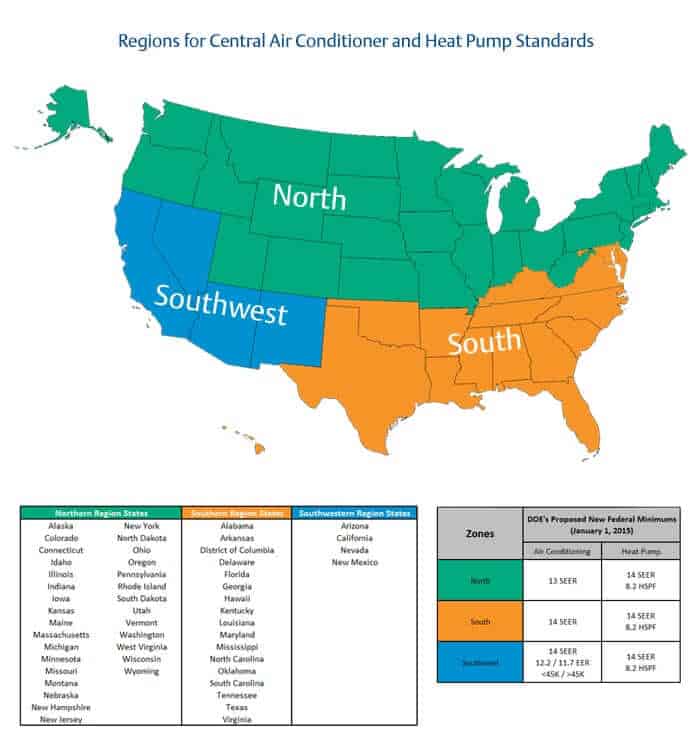
What is HSPF?
The Heating Seasonal Performance Factor or HSPF is utilized in evaluating the efficiency of a heat pump when it comes to heating throughout the season. The cooling efficiency of a particular heat pump depends on its HSPF.
The higher a heat pump is rated the more efficient it has, which means greater dollar savings for its owner.
In the United States, the minimum requirement for heat pumps with a split-system produced after 2015 is 8.2 HSPF. For single units, the minimum requirement is a SEER rating of 8.
Figuring out the best option when it comes to energy and cost efficiency is not only about looking at the numbers and choosing the highest one. There are some additional factors that need to be considered. This is the primary reason it is best to consult an expert.
We at Air Professionals Heating & Air Conditioning pride ourselves in providing a highly trained and experienced team to help you assess your household adequately. We provide the best options to enable you to keep up with your energy and comfort objectives.
If you want to upgrade your system, get in touch with us today and take advantage of our free estimate and consultation. You’re worth a home that is comfortable and energy-efficient.


